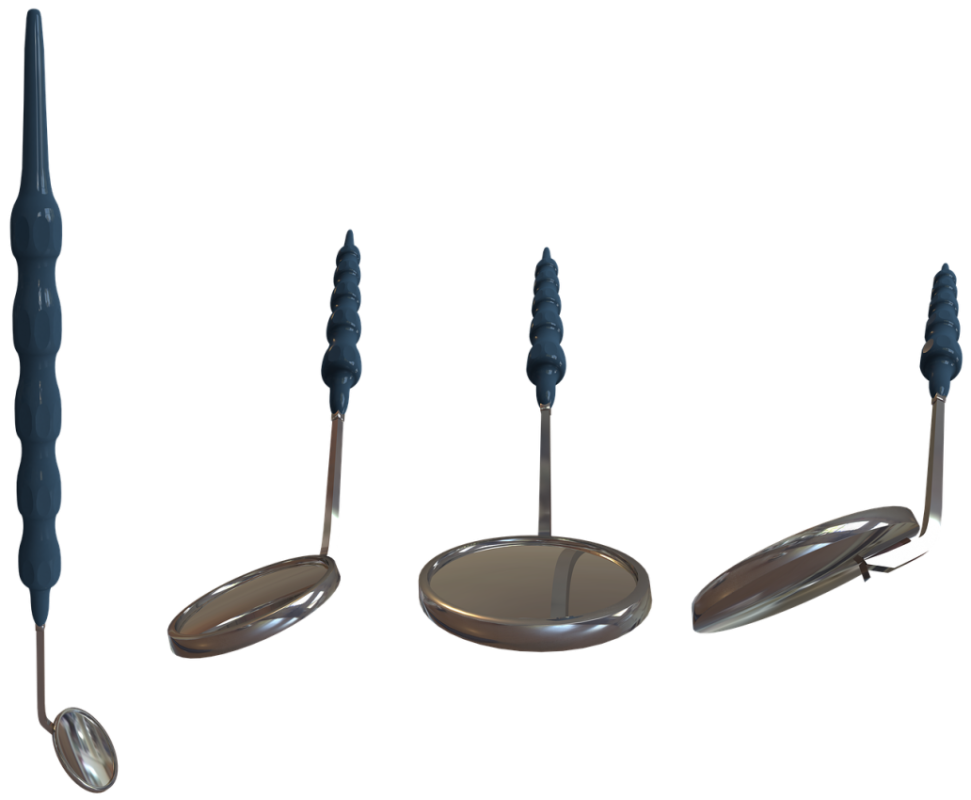Gum disease, also known as periodontal disease, is a common oral health problem that affects millions of people worldwide. The condition is caused by bacterial infections that attack the gums, supporting tissues, and bones around the teeth. If left untreated, gum disease can lead to serious complications, including tooth loss and systemic health issues. Detecting it in its initial stages is crucial for preventing its progression and maintaining good oral health. Jim Michaels Waterski discusses the key symptoms that can help you identify gum disease at its early onset, enabling you to seek timely intervention and treatment.
Red, Swollen, And Tender Gums
One of the earliest signs of gum disease is the appearance of red, swollen, and tender gums. Healthy gums should be light pink and feel firm to the touch. However, when gum disease sets in, the gums become inflamed due to the body’s immune response to bacterial buildup. Pay attention to your gum’s appearance and texture. If you notice any changes, such as increased redness or tenderness, you must immediately visit your dentist for a thorough examination.
Bleeding Gums
Healthy gums should not bleed during normal brushing or flossing. Bleeding gums indicate gingivitis, the early stage of gum disease. When plaque and tartar accumulate along the gum line, they irritate the gum tissue, leading to bleeding. If you notice any bleeding while brushing or flossing, do not ignore it. Consistent bleeding is a sign of an underlying issue, and seeking professional dental care is imperative.
Bad Breath (Halitosis)
Persistent bad breath or halitosis can be an indication of gum disease. Bacterial growth in the mouth produces foul-smelling gases that lead to chronic bad breath. Brushing, flossing, and mouthwash may mask the odor temporarily, but if the bad breath persists, it’s essential to consider gum disease as a possible cause. Maintaining good oral hygiene practices and regularly visiting your dentist can help prevent bad breath caused by gum disease.
Receding Gums
Gum disease can cause the gums to recede, meaning they pull away from the teeth, exposing the tooth roots. Receding gums can make teeth appear longer and create gaps between the teeth. If you notice changes in your gumline or increased tooth sensitivity due to exposed roots, consult your dentist promptly. Timely intervention can prevent further gum recession and tooth damage.
Loose Or Shifting Teeth
As gum disease progresses, bacterial infection weakens the supporting structures around the teeth. This can cause the teeth to become loose or shift from their original positions. If you notice any changes in the alignment of your teeth or if they feel loose, seek dental evaluation to determine if gum disease is the underlying cause.
Pus Formation
In the advanced stages of gum disease, pus may develop around the gumline. Pus is a thick, yellowish, or greenish fluid that indicates a severe infection. The presence of pus should be taken seriously and requires immediate dental attention.
Changes In Bite And Jaw Alignment
Gum disease can cause changes in your bite, leading to misalignment or discomfort while chewing. If you notice any alterations in your bite or experience pain in your jaw, it could result from gum disease affecting the supporting structures of your teeth. Prompt dental evaluation is crucial to address these issues and prevent further complications.
Mouth Sores Or Ulcers
Gum disease can sometimes cause the development of painful mouth sores or ulcers. These sores can make eating and speaking uncomfortable. Although mouth sores can have various causes, they could be a symptom of gum disease and should not be ignored.
Metallic Taste
Some people with gum disease may experience a persistent metallic taste in their mouth. This taste alteration is due to the bacteria present in the oral cavity and can be an early warning sign of gum disease. Recognizing this metallic taste can be an important indicator of potential gum disease, prompting individuals to seek timely dental attention.
Sensitivity To Hot And Cold
As gum disease progresses, the gum tissue may start to recede, exposing the sensitive roots of the teeth. When these roots are exposed, you may experience heightened sensitivity to hot and cold foods or beverages. The discomfort can range from mild to severe and may become more pronounced during brushing or consuming certain foods and drinks. It could be a sign of gum disease if you notice increased sensitivity in your teeth, especially when exposed to temperature changes. Seeking professional dental care can help address the underlying issue and relieve tooth sensitivity.
Conclusion
Detecting gum disease in its initial stages is crucial for preventing its progression and avoiding more severe oral health issues. Jim Michaels Waterski says paying attention to key symptoms such as red, swollen, and tender gums, bleeding gums, bad breath, receding gums, loose teeth, pus formation, changes in bite, mouth sores, a metallic taste, and sensitivity to hot and cold can help you identify potential gum disease early on. Remember, maintaining good oral hygiene practices, including regular brushing, flossing, and dental check-ups, is the best way to prevent gum disease and maintain optimal oral health. If you notice any of the mentioned symptoms, do not hesitate to consult your dentist for a comprehensive evaluation and personalized treatment plan.

